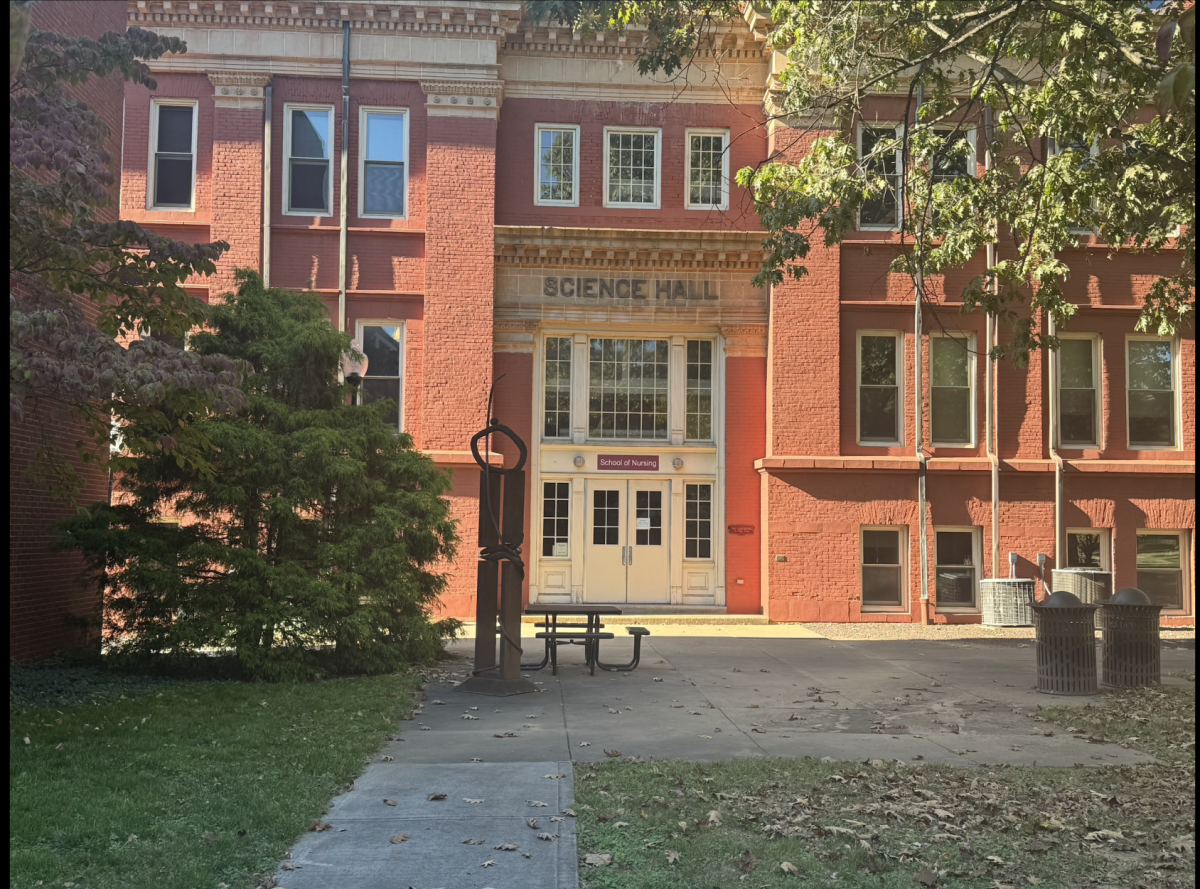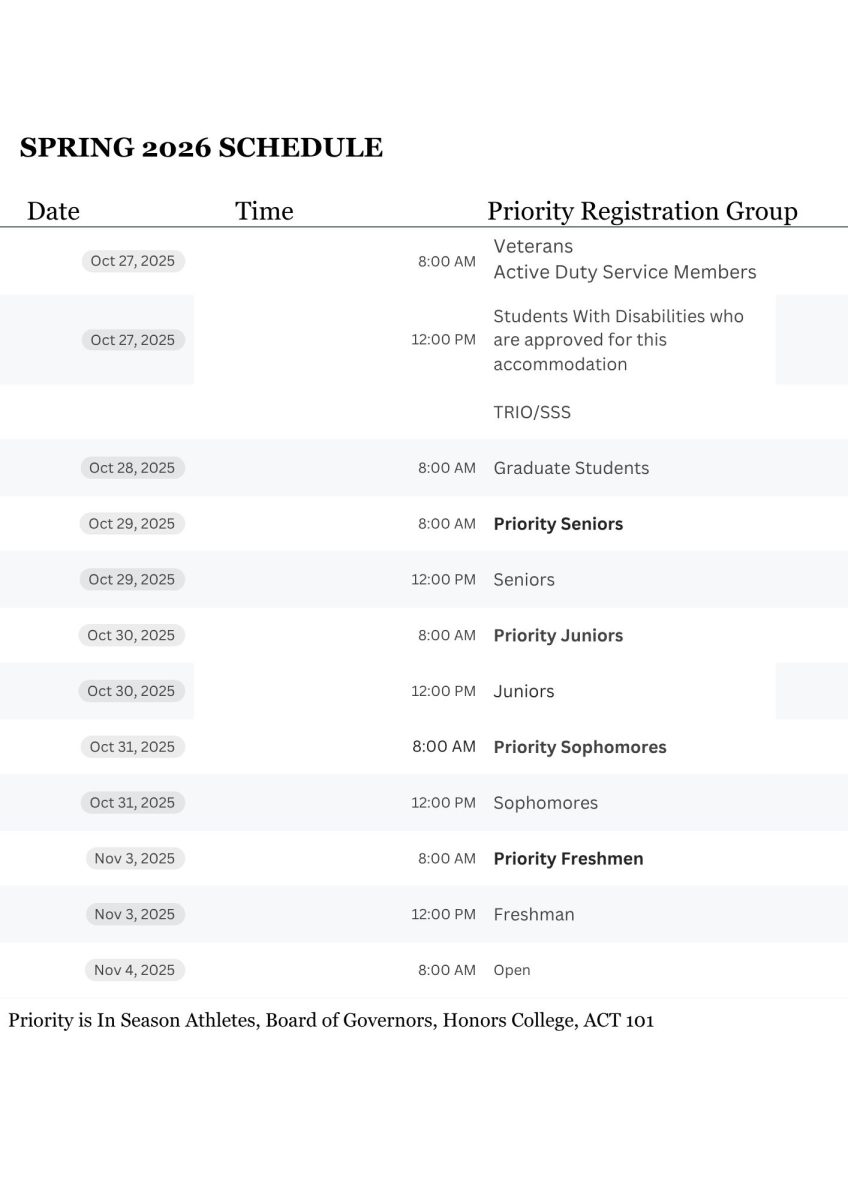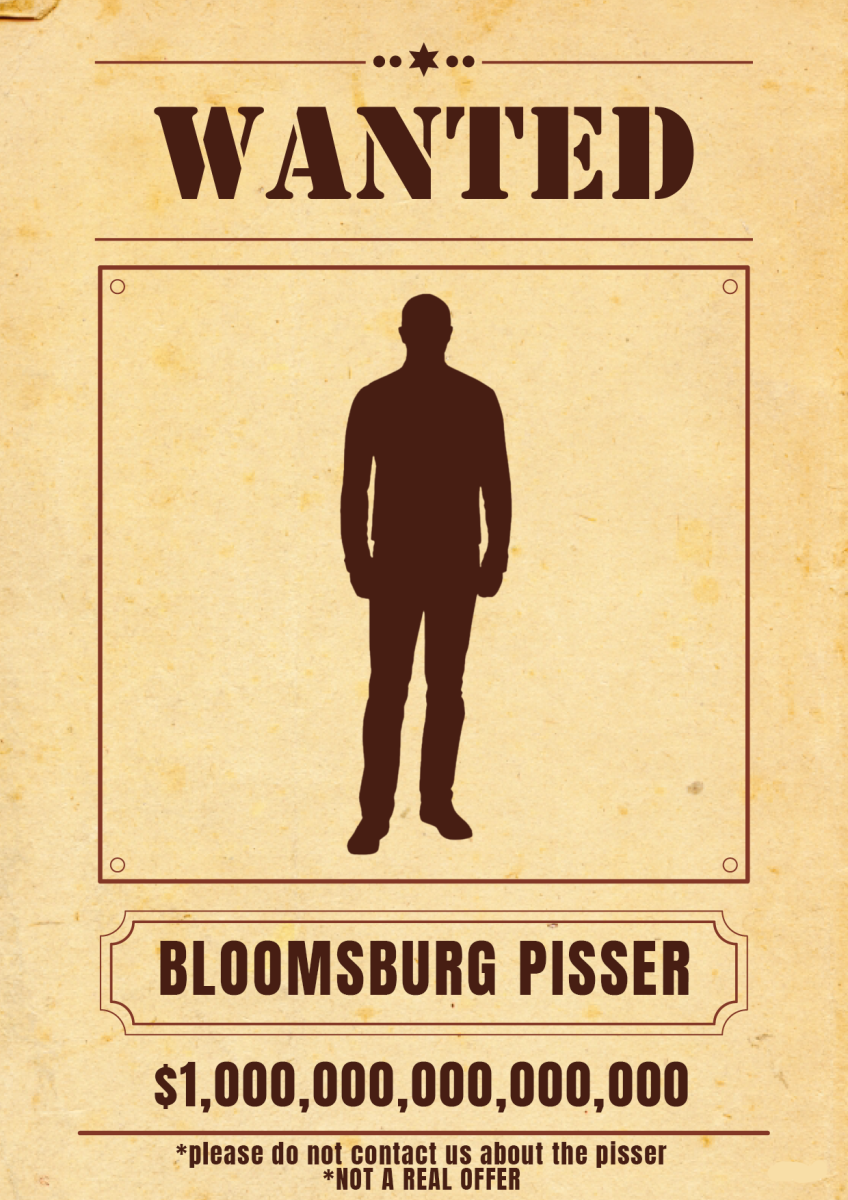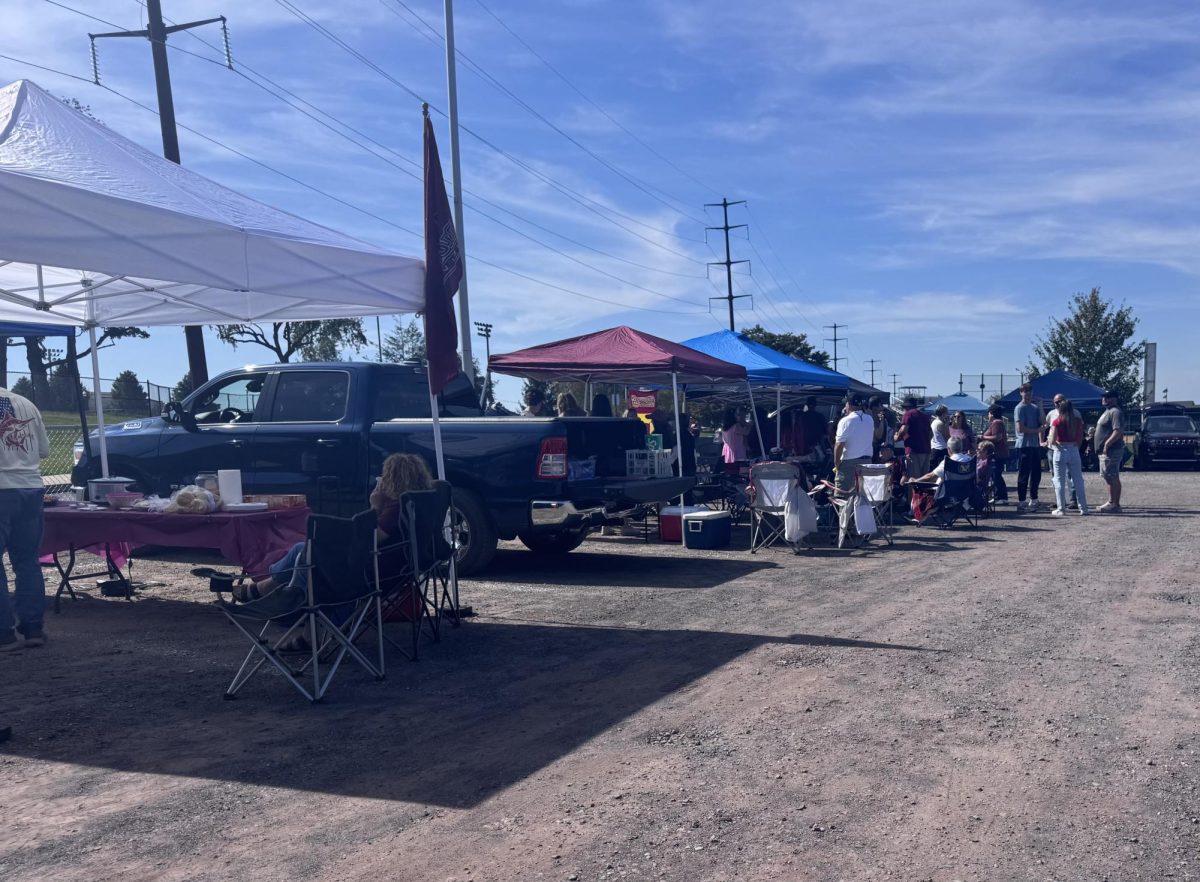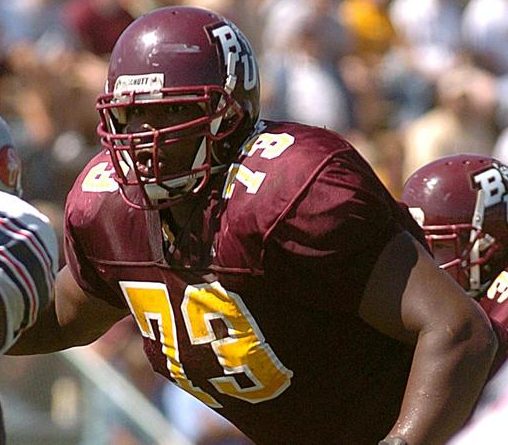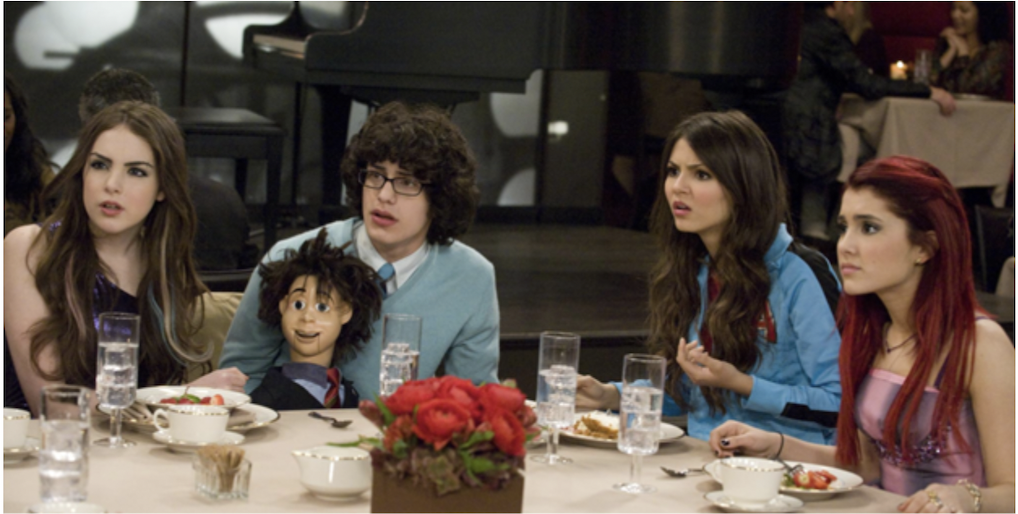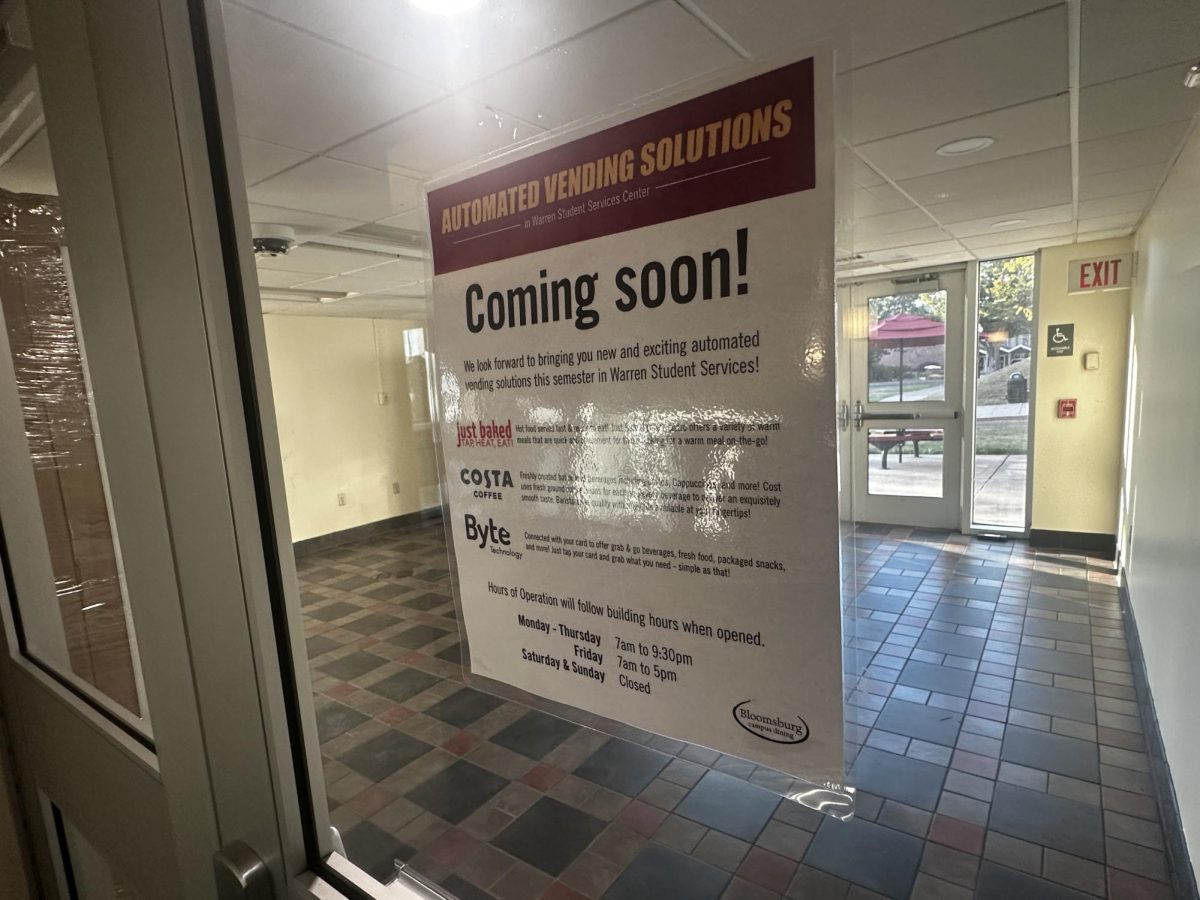Newspapers and broadcast stations have been airing the violent confrontations between Catalonians and Spanish police forces as the region of Catalonia tries to vote their way to becoming an independent nation. Catalonia is a nationality and autonomous community of Spain located in the northeast of the country.
Catalonia is one of the wealthier parts of Spain, a fact that fuels the fire for both sides of the independence controversy. The region also has its own separate language and culture apart from Spain and Catalonia’s inhabitants do not share the Spanish nationalism that their neighbors to the west and south feel.
Catalonians believe themselves to be a separate entity and long for independence. Years of protests and votes have pushed Spanish lawmakers to their limits and frustrated Catalonians into impatience.
Beginnings
The Catalan Independence movement began with Francesc Macià. Macià was the 122nd President of Catalonia and a former officer in the Spanish Army. In 1922, he founded Estat Català (Catalan State) and in 1931, it joined with other parties to become the Esquerra Republicana de Catalunya (Republican Left of Catalonia or ERC).
Macià, backed by the Catalan parties, proclaimed a Catalan Republic. Negotiations began within the Catalan Republic and the new Spanish Republic ensued. Macià ended up settling for autonomy instead of independence.
After the Spanish Civil War, General Francisco Franco took control of Spain as a military dictator. Franco abolished Catalonia’s newfound autonomy in 1938. Franco ruled Spain until his death in 1975.
After Franco’s death and dictatorship ended, as Spain transitioned to a constitutional monarchy, Catalonians began again to concentrate on gaining autonomy.
Statute of Autonomy
Today’s resurgence of the independence movement began with the Statute of Autonomy in 2006. Catalonia finally received autonomy under Spain, which means they have their own government, the Generalitat of Catalonia, President and police force. The Spanish government keeps their own agents in the region for border control, terrorism and immigration purposes.
The Government of Catalonia has jurisdiction over all sorts of cultural matters: the education system, health policies, environmental regulations, transportation, commerce, public safety, local governments and justice systems.
Though the justice system is uniform in Spain, Catalonia has “civil law” that is applied only to them.
The Statute empowered Catalonia to carry out all the functions of self-government, essentially making it a nation inside a nation.
Protests over the Statute of Autonomy began almost immediately. This led Catalonians to begin demanding independence. A protest in 2010 resulted in over a million people demonstrating their displeasure with the current system. In 2012, a second protest was held and the Catalonian government was called upon by the Catalonian citizens to start the process of succession.
Catalan Sovereignty Declaration
After the mass protests, Catalan government officials created the Catalan Sovereignty Declaration in January of 2013. The declaration asserted Catalonia is a sovereign entity and claimed the Catalonian people had the right to decide their own political future. It was passed with 85 votes in favor and 41 against in the Parliament of Catalonia with only 2 absentee voters.
On May 8, 2013, the Constitutional Court of Spain suspended the declaration and on March 25, 2014 the Court declared the declaration and the idea of sovereignty void and unconstitutional.
In response, the Catalan government decided to hold a vote. Citizens of the autonomous region would vote for whether or not they wanted to be considered a state. Again, the Constitutional Court of Spain found the action unconstitutional.
Vote for Independence
In September 2015, another election was held in Catalonia. Unfortunately for those who dreamed of an independent nation the pro-independence parties were just shy of a majority vote.
They did however win a majority of the Parliament of Catalonia’s seats. This new pro-independence parliament passed a resolution that began the process for independence in November 2015.
Carles Puigdemont, the current president of Catalonia, announced the independence referendum of 2017. The referendum was deemed unconstitutional but the Catalonians, tired of constantly being batted away by the Spanish government, held the vote anyway.
The question was: “Do you want Catalonia to become an independent state in the form of a republic?” Voters responded “yes” or “no.”
92.01 percent of the 2,286,217 voters that showed up voted yes, they wanted to become an independent state.
The Catalan government estimates about 770,000 votes were unable to be cast due to the Spanish police crackdown on polling places.
Horrifying videos quickly began circling the internet showing Spanish police forces pulling civilians out of polling places by their hair and throwing some down stair cases. Some of the forces were using batons and rubber bullets.
Aftermath
The Spanish Government has been under serious scrutiny across the globe for the violent reaction to the referendum vote. Though the European Commission released an official statement that sided with the Spanish Government in that the vote was illegal under the Spanish Constitution, they did go on to say that violence should not have a place in politics. The overall feel of the statement was that Catalonia was in the wrong.
The Catalan officials have made moves to open a dialogue with the Spanish Government in attempts to continue their struggle for independence while keeping the violence to a minimum.
Taylor is a senior Mass Communications major. She is an International Peer Mentor and a Managing Editor at The Voice


